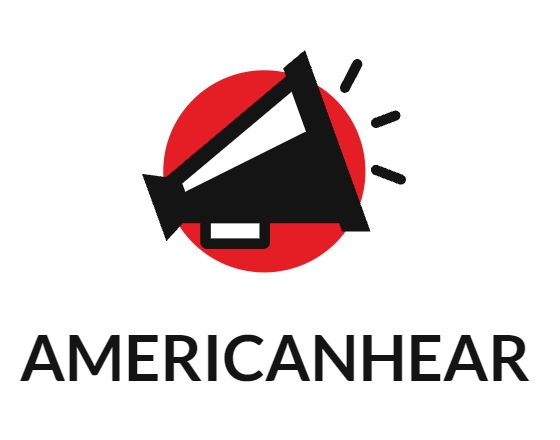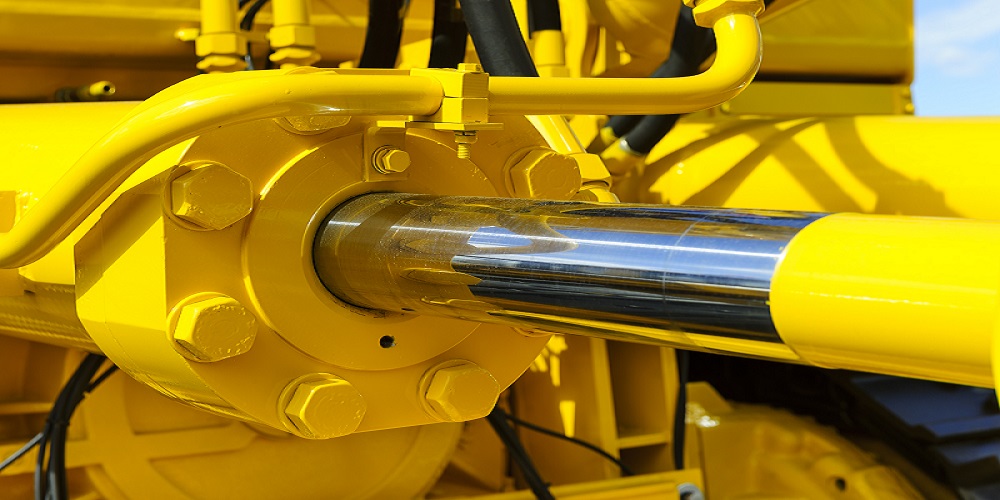The hydraulic press is an age-old phenomenon that’s been around since the 17th century. These work on the Pascal principle by building up pressure inside a closed chamber. These heavy-duty hydraulic press machines aid in the manufacturing, assembly, and maintenance of hard and strong materials.
There are various types of hydraulic press machines that serve different purposes. Some will use a hydraulic press machine for auto parts, while others might use them to crush and recycle metals.
In other words, there is a hydraulic press machine for every type of industrial operation. And in this article, we will take a closer look at these major hydraulic press machine types.
H-Frame Hydraulic Press
These are the most common types of hydraulic presses. There is a solid steel skeleton that holds the press cylinder, the holster, and the pump. The steel frame makes out an ‘H’ shape, hence the name H-Frame.
H-Frame presses further branch-out in terms of cylinder size, pump pressure, and bolster size. H-Frame presses are best for repair and maintenance duties. But the bigger cylinders are used in assembly as well.
Bench Frame Hydraulic Press
Bench frame hydraulic press machines are the smallest presses of the lot. These will even fit a countertop and work effortlessly in small spaces. Mostly the operations of bench frame presses are manual, with hand pumps controlled by labor.
Manufacturers mostly use these to correct out-of-shape metal sheets, manufacturer small parts like ball bearings, nuts and bolts, and more.
But these are slow and not the best choice if you want a big order manufactured in a small time.
Roll Frame Hydraulic Press
Roll frame press machines are pretty similar to H-frame presses in terms of build and design. But their workings are different. Role frame hydraulic machines are preferred when there are bigger components in play. These have bigger tables, meaning they can process more material at once- lowering the cost and increasing manufacturing speeds.
At the same time, roll frame presses require extra care and more precision too. Otherwise, a whole batch of raw material goes to waste.
However, the chances of these mistakes are quite low, and these machines are computer-controlled for the most part.
Secondly, roll frame machines have either a moving table or a moving frame. This means even if there’s a human error in placing the material, the machine will take care of it.
Arbor Hydraulic Press
This is the most basic type of hydraulic press machine. It’s a small tabletop press that is completely manual. You would rarely see these in big manufacturing units. Small metal workshops and key makers mostly use these to the stake, rivet, or press-fit smaller metal and beat them into shape.
These allow the user to add dies or tools as per their needs. For example, key makers use punchers and punch in lock holes quickly and accurately.
C-Frame Hydraulic Press
More commonly known as gap frame press, these hydraulic press machines make a C shape with their form factor. Mostly used for stamping, C-Frame presses perhaps have the widest applications. Depending on the tool or die you use, these hydraulic machines can emboss, bend, pierce, form, and pretty much do every type of manufacturing and assembly press operation. C-Frame machines are also much more cost-efficient because of their speed.
Conclusion
There are a lot of hydraulic press machines out there. Now you know all about the major types of hydraulic press machines. We hope this information helps you choose the right machine for your process. Because if you want the right final product, choosing the right press machines is very important.


